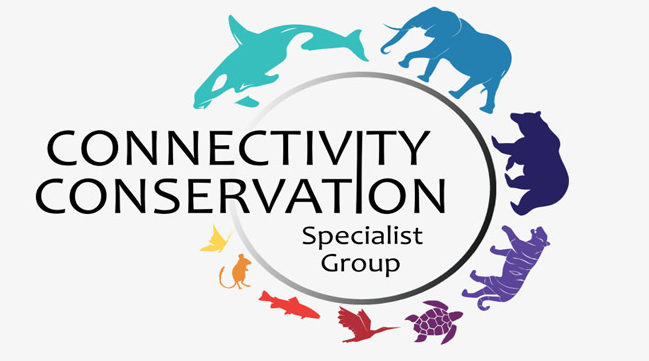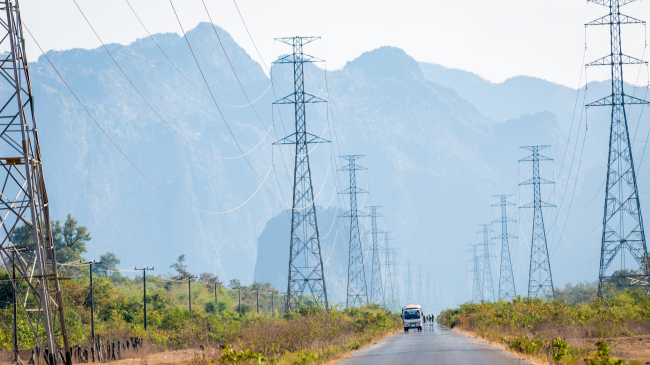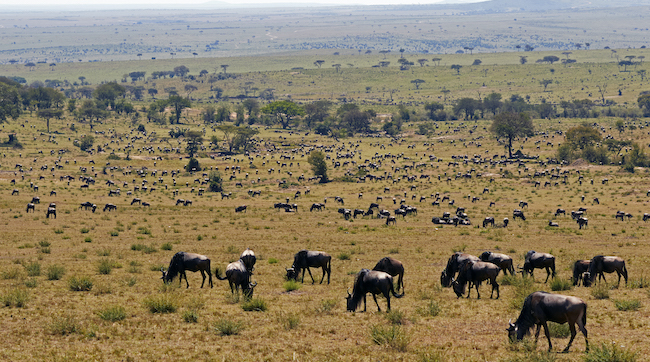As human populations grow, we are disrupting nature and threatening the survival of millions of plants and animals that support all life on Earth. Biodiversity is plummeting as increasing development isolates natural areas, hinders wildlife movement, and chokes off the flow of natural processes like water and nutrient cycling, pollination, and seed dispersal.
In response, the International Connectivity Program is leading a global movement to safeguard nature and its biodiversity by conserving the interconnections of terrestrial, marine, and freshwater ecosystems. Working with partners around the world, we are driving solutions that protect Earth’s ecological connectivity, which will in turn increase resiliency to climate change, and achieve enduring large-scale conservation.





